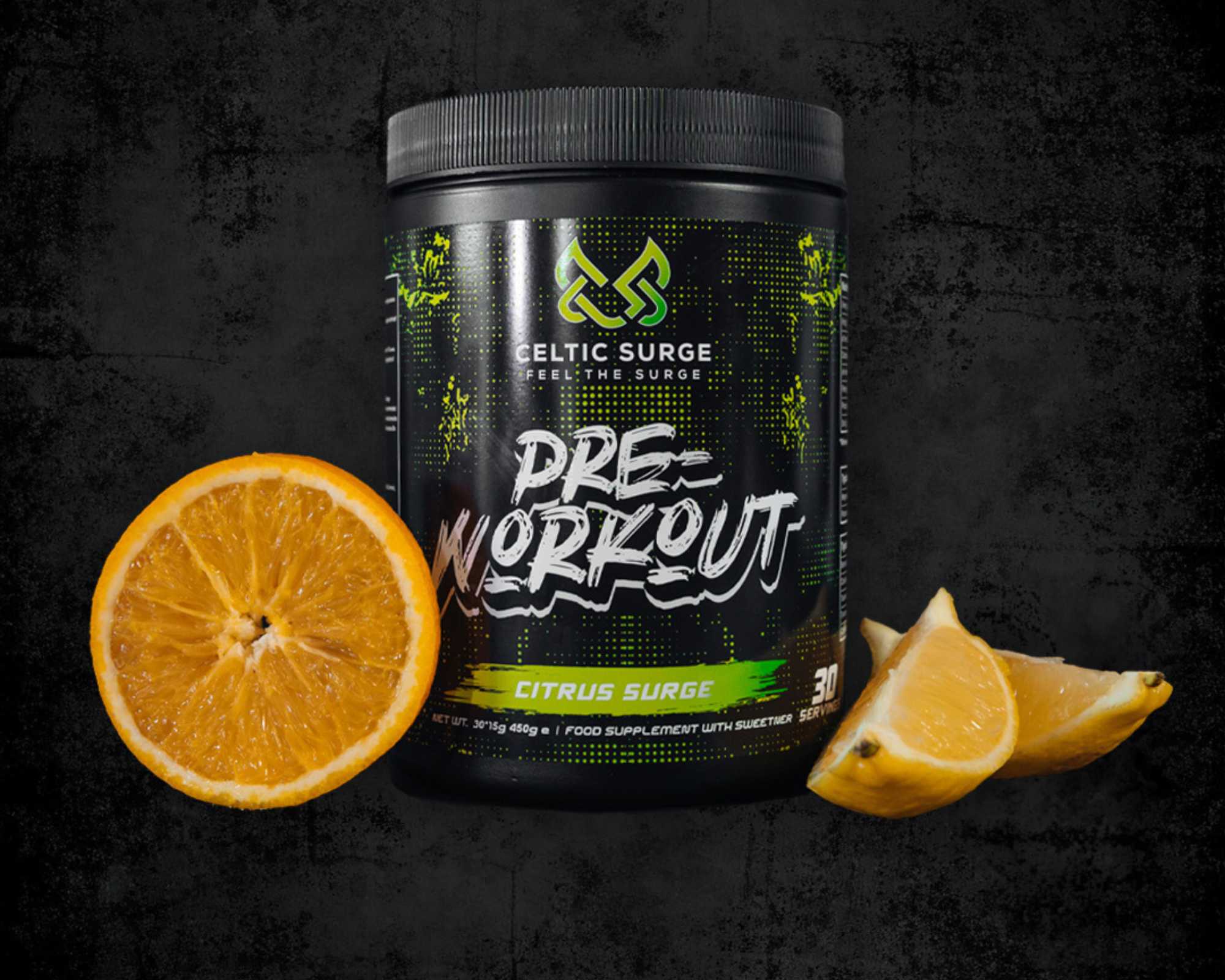When it comes to fitness, one size does not fit all. From beginners to advanced athletes, the ideal workout routine differs significantly depending on an individual’s physical condition, goals and experience. Understanding how to customise a fitness plan to suit personal needs can boost performance as well as motivation and curb injuries. In this blog post, we’ll explore different effective workout routines for various individuals, with special attention on how they might be optimised for better performance outcomes.
Workouts for Beginners
The most important thing when starting out is to lay a strong foundation without overwhelming the body. Here are few tips:
Begin Slowly: Incorporate big compound exercises such as: Squats, Bench press and, deadlifts. If you struggle with the techniques, just ask someone for help!
Regularity Overshadows Intensity: Short but more frequent sessions (30-40 minutes, three times per week) may be more beneficial than random intense workouts.
Combining Cardiovascular Fitness with Strength: A combination of cardiovascular activities like walking or cycling and strength training helps maintain overall health.
Intermediate Workout Routines
The basics are done when you have the best out of them and also developed first energy and endurance, and now you can take more challenging workouts:
Raise Intensity: Start adding weights or bring in exercises that affect many muscles such as deadlifts and bench press.
Variety is Good: Attempt different techniques of training to force the body into new surroundings, for instance doing HIIT (High-Intensity Interval Training) or circuit training. Make sure you are consistent with each training and that this aligns with your goals!
Form is Important: The harder exercises you perform, the more important it becomes for one to pay attention to form so as to get maximum gains without risking injury.
Advanced Workout Routines
For those who have been training consistently and are ready to take their fitness to the next level:
Split Routines: Consider splitting your workouts by muscle group (e.g., back and biceps one day, legs another), which allows for more intense and focused sessions.
Incorporate Periodisation: This involves varying your training plan over specific periods (cycles) to continually challenge your body and improve specific aspects of fitness like strength, speed, and muscle mass.
Advanced Techniques: Techniques such as supersets, drop sets, or pyramid training can further enhance muscle growth and endurance.
Other vital things to keep in mind
Specific populations may need different routines. The following are some of the ones that can be considered:
Older adults: Engage in low-impact exercises that improve balance and reduce fall risks thus ensuring mobility is maintained. Also, focus on strength exercises and progressive overload as normal.
Expectant women: Perform exercises during pregnancy including pelvic floor workouts but not dangerous sporting activities.
Monitoring progress and adjustments
No matter your level, monitoring your progress is crucial:
Track Performance: Keep a workout log to track improvements in weights, reps, and overall endurance.
Listen to Your Body: Pay attention to how your body responds after workouts. Persistent soreness or fatigue might indicate a need for more recovery time.
Adjust as Needed: As your fitness level changes, so should your workout. Don’t hesitate to tweak your routine to keep it challenging and effective.
Creating the best workout routine is about understanding and listening to your body, challenging yourself appropriately, and making adjustments based on your growth and changes in fitness levels. Whether you are a beginner, intermediate, or advanced exerciser, there is a perfect routine out there that will help you meet your goals efficiently and safely. Remember, the key to sustained progress is consistency, so find a routine you enjoy and stick with it! By tailoring your fitness approach to your current level and goals, you ensure that you keep progressing without plateauing or risking injuries, making your journey not just about fitness but also about health and well-being. Don't forget to take your sets to failure, this is where the growth happens!



